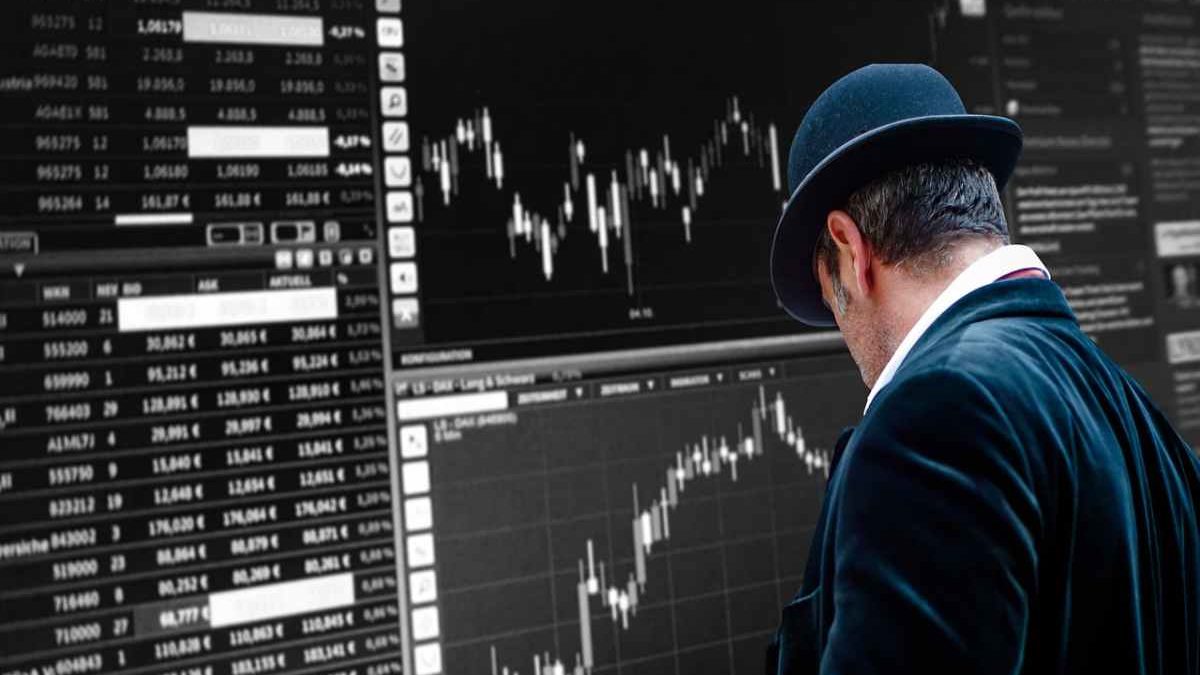CFD trading, or Contracts for Difference trading, has become increasingly popular among investors seeking to profit from price movements in various financial markets without owning the underlying asset. Successful CFD trading hinges on the effective use of analysis tools that help traders make informed decisions amidst market volatility and uncertainty. This article explores the essential tools utilised by CFD traders, encompassing technical analysis, fundamental analysis, sentiment analysis, risk management, and automated trading systems.
Table of Contents
Technical Analysis Tools
At the core of technical analysis for CFD trading lies charting software, such as TradingView and MetaTrader. These platforms provide advanced charting capabilities that allow traders to visualise price movements, identify patterns, and apply technical indicators. Traders can customise charts with various timeframes and overlay indicators like Moving Average Convergence Divergence (MACD), Relative Strength Index (RSI), and Bollinger Bands. Charting software is instrumental in identifying trends, support and resistance levels, and potential entry or exit points.
Technical indicators are mathematical calculations based on historical price, volume, or open interest data. Each indicator serves a specific purpose: MACD helps identify changes in momentum, RSI measures overbought or oversold conditions, and Bollinger Bands indicate price volatility. By analysing these indicators, traders gain insights into market sentiment and potential price movements, aiding in the formulation of trading strategies and risk management decisions.
Candlestick patterns provide visual representations of price action and market sentiment. Patterns such as Doji, Hammer, and Engulfing patterns offer clues about market reversals, continuations, and indecision among traders. Understanding candlestick patterns enables CFD traders to anticipate potential price movements with greater accuracy, enhancing their ability to time trades effectively.
Fundamental Analysis Tools
An economic calendar is an indispensable tool for CFD traders interested in fundamental analysis. It lists upcoming economic events, government reports, and corporate earnings announcements that can significantly impact financial markets. Traders use the economic calendar to anticipate market reactions to key economic indicators such as GDP growth, inflation rates, and central bank policy decisions. By staying informed about scheduled events, traders can adjust their positions accordingly and capitalise on market opportunities or mitigate potential risks.
Real-time news plays a pivotal role in influencing market sentiment and volatility. Platforms like Bloomberg, Reuters, and CNBC provide comprehensive coverage of global news, economic developments, and geopolitical events that impact CFD prices. Traders rely on news aggregators to stay abreast of breaking news, market analysis, and expert insights, enabling them to make informed trading decisions in response to evolving market conditions.
Sentiment Analysis Tools
Social media platforms, including StockTwits and Twitter, serve as valuable sources of sentiment analysis for CFD traders. Traders monitor discussions, trends, and sentiment indicators on social media to gauge market sentiment and anticipate potential shifts in investor sentiment. Social media analysis complements technical and fundamental analysis by providing real-time insights into market psychology and sentiment dynamics.
Market sentiment indicators, such as the Put/Call Ratio and the Volatility Index (VIX), quantify investor sentiment and market psychology. These indicators help traders assess market sentiment extremes, potential market reversals, and overall market health. By incorporating sentiment analysis into their trading strategies, CFD traders can enhance their decision-making processes and gain a deeper understanding of market dynamics.
Risk Management Tools
Effective risk management is paramount in CFD trading to preserve capital and optimise returns. Position sizing calculators help traders determine the appropriate position size based on their account size, risk tolerance, and desired stop loss levels. By calculating position sizes accurately, traders can manage risk effectively, minimise potential losses, and maintain consistency in their trading approach.
Stop loss and take profit orders are essential tools for managing risk and locking in profits. Traders use stop-loss orders to limit potential losses by automatically closing positions if the market moves against them. Take profit orders allows traders to secure profits at predefined price levels, preventing emotional decision-making and ensuring disciplined trading. By implementing stop loss and taking profit orders, traders can mitigate risk and protect their trading capital in volatile market conditions.
Algorithmic and Automated Tools
Algorithmic trading platforms, such as MetaTrader’s Expert Advisors (EAs), automate trading strategies based on predefined rules and algorithms. These platforms execute trades, monitor market conditions, and manage positions without human intervention. Algorithmic trading enhances trading efficiency, reduces emotional bias, and allows traders to capitalise on market opportunities around the clock. By leveraging algorithmic trading platforms, CFD traders can execute complex strategies with precision and consistency.
Backtesting software enables traders to evaluate trading strategies using historical market data. By simulating trades over past periods, traders can assess strategy performance, identify strengths and weaknesses, and refine parameters to optimise risk-adjusted returns. Platforms like NinjaTrader and Amibroker provide robust backtesting capabilities, allowing traders to validate strategies before deploying them in live trading environments. Backtesting enhances trading confidence and enables traders to make informed decisions based on empirical data and historical performance.
Conclusion
Effective CFD trading requires a comprehensive approach that integrates technical analysis, fundamental analysis, sentiment analysis, and robust risk management practices. By leveraging advanced analysis tools and staying informed about market developments, traders can enhance their decision-making processes and achieve better trading outcomes. Whether you’re a novice trader or an experienced investor, understanding and utilising the right analysis tools can make a significant difference in your CFD trading success.

